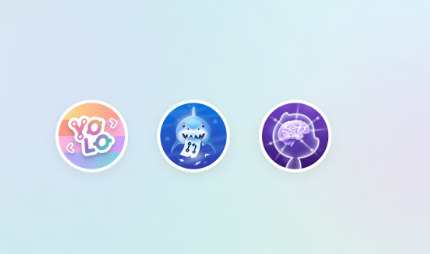GitHub has become a crucial instrument for developers around the globe, as it allows them to collaborate on programming projects with some other developers from another location, keep track of changes, and manage rule models. Like any resource, however, to reap all of its rewards, you have to master it. In this post, we’ll discuss the way to do exactly that. We’ll undergo some valuable tricks and tips to stage the achievements in GitHub, and improve your output to a completely new stage.
Utilize the Branching and Forking workflows
If you’re focusing on a programming task, you should be capable of try out diverse techniques and techniques without wrecking your work. Branching allows you to do this by developing a independent operating duplicate of an current database. Out of this part, you can make and examination alterations without influencing the initial rule. Forking is very similar, but than maintaining the code for your self, you replicate a project’s repository to the very own bank account, allowing you to suggest adjustments on the authentic database or discuss your own personal edition.
Devote Typically and Use Descriptive Make Emails
A significant aspect of Github achievements is definitely the dedicate method, which enables you to preserve code alterations for the repository history. You need to ensure that your commits are as descriptive as you can, explaining what updates and enhancements you’ve applied. Another important tip would be to devote your computer code often, so that you generally have a newly released functioning variation of your computer code to revert to if insects occur.
Take advantage of GitHub Troubles and Labels
Employing GitHub problems allows developers, contributors, and customers to document bugs and suggest improvements. Problems allow you to track insects discovered by end users or oneself and keep track of remedies and resolutions. Tags, on the other hand, allow you to categorize your problems, make sure they are easier to find and type, and ensure they are appropriately allocated on the right contributor.
Make use of GitHub’s built-in resources
Git offers many valuable built-in resources that improve your workflow and raise output. For instance, draw needs let you make efforts to your task, by publishing alterations and requesting an individual blend your rule with all the grasp division. GitHub also offers its program programming interface (API), which lets you quickly incorporate the usefulness of your own repositories with external apps.
Study from the GitHub local community
A different way to enhance your GitHub skills is simply by tapping to the considerable world-wide community of programmers who use GitHub. By observing how enthusiastic developers in the community work with the device, you can observe very best techniques actually in operation: look at other developers’ GitHub user profiles, stick to productive repositories, and discover by example. Moreover, GitHub’s help forums and documentation offer you substantial solutions which cover each of the essential features.
Summary:
There is not any concern that GitHub is a vital resource for designers. By understanding its characteristics and workflows, it is possible to dramatically enhance your productiveness, work more proficiently, and work together along with other programmers around the world. Hopefully these pointers will help you degree up your accomplishments and acquire the best from GitHub. Happy coding, and make sure you devote often!
